When the chef said, "Hey, Meta. Start Live AI" during Meta's Connect keynote, he unknowingly lit the fuse on one of tech's most memorable demo disasters. Andrew Bosworth, Meta's CTO, later explained that the command activated every single Ray-Ban Meta's Live AI in the building, effectively creating a self-inflicted DDoS attack. The demo setup looked polished, with food influencer Jack Mancuso trying to riff on a Korean-inspired steak sauce using the AI as sous-chef. Then, chaos. Not smoke and sparks, more like a hundred tiny assistants waking up at once and talking over each other.
What really happened behind the scenes
The Live AI cooking demo failure was not about Wi-Fi flakiness, despite early guesses. Bosworth revealed that when the chef said, "Hey, Meta. Start Live AI," it fired up every single Meta Ray-Ban's Live AI in the building. To make it worse, Meta had routed Live AI traffic to their dev server to isolate it, then accidentally pointed everyone's glasses in the building to that same server. "We DDoS'd ourselves, basically," Bosworth said, equal parts blunt and amused.
Rehearsals had gone smoothly because there weren't as many people wearing the glasses. Classic trap. Everything looks great in a controlled run; then the real crowd shows up, and your backend meets reality. It's a loud reminder about load balancing for distributed IoT devices, and how a few hundred simultaneous wake words can hammer infrastructure designed for normal trickle traffic.
The mysterious video call bug that stumped engineers
The second hiccup was weirder. Zuckerberg tried demonstrating WhatsApp video calls on the Meta Ray-Ban Display glasses. The audience saw notifications on the glasses' HUD, yet he could not answer. Bosworth explained that "the display had gone to sleep at the very instant the notification had come in that a call was coming."
This was a race condition, a programming term for when multiple processes are being executed at the same time and they share state. Notifications tried to take over, the wake-up logic tried to take over, and the display ended up in no man's land. Wearables juggle power management, display states, notification timing, all in microseconds — and any tiny drift can surface as an on-stage facepalm.
The bug was "the first time we had ever seen" it, according to Bosworth, who added with a smile that "it's fixed now."
Why these failures reveal bigger technical challenges
These glitches spotlight the size of the problem Meta is chasing with smart glasses. The Meta AI in the glasses is in the cloud and needs internet access to answer, so live demos are unforgiving. Current AI models, despite their impressive benchmarks, still wrestle with understanding not just what objects are present, but what matters in the scene, in the moment.
Meta is aiming at general visual intelligence, not only object detection or OCR. The system combines multiple AI models — vision, plus language, plus contextual reasoning — and it needs to respond in milliseconds, not seconds, on hardware light enough to perch on your face.
The trade-offs are brutal. You want sub-100 ms responses, you also need to avoid turning the frames into a pocket heater, and you must squeeze battery life into hours instead of days. Lighting changes knock computer vision around, users keep moving, and the bar for a seamless experience stays high.
What this means for the smart glasses future
On-stage hiccups aside, the scope is still ambitious. Meta announced the Wearables Device Access Toolkit during Connect, so developers can access sensors like the microphone or camera and send that data to their own apps. Disney made an app that mixes park knowledge with what the camera sees, while golf app 18Birdies showed contextually aware information on specific courses.
Progress is real, even if the path is messy. Meta said the Wearables Device Access Toolkit will be a limited developer preview now, with broader availability planned in 2026 — suggesting a measured approach to scale. The interaction model is the wildcard, since the audio-only interface on most of the company's smart glasses doesn't allow for the kind of navigation and interaction that users are used to with a smartphone app. Developers will have to rethink habits we have learned from touchscreens.
As Bosworth noted, these were demo failures, not actual product failures. The tech works, but a live stage is a stress test with the volume turned up.
Learning from tech's most honest failure analysis
Meta's response stood out for technical transparency. Instead of dodging, Bosworth's detailed explanation laid out both failures and the real hurdles of consumer AR. Live demos failing isn't new in tech, see Steve Jobs' WiFi pileups and Tesla's Cybertruck window mishaps, but few companies share a play-by-play after the fact.
That kind of engineering honesty builds more confidence than a flawless but possibly pre-recorded reel. When a CTO can say what broke at the code level, it shows they know the stack, not just the script. Owning the mess in public is a loud signal that they believe they can clean it up, which might be the most important takeaway from the Connect keynote mishap.




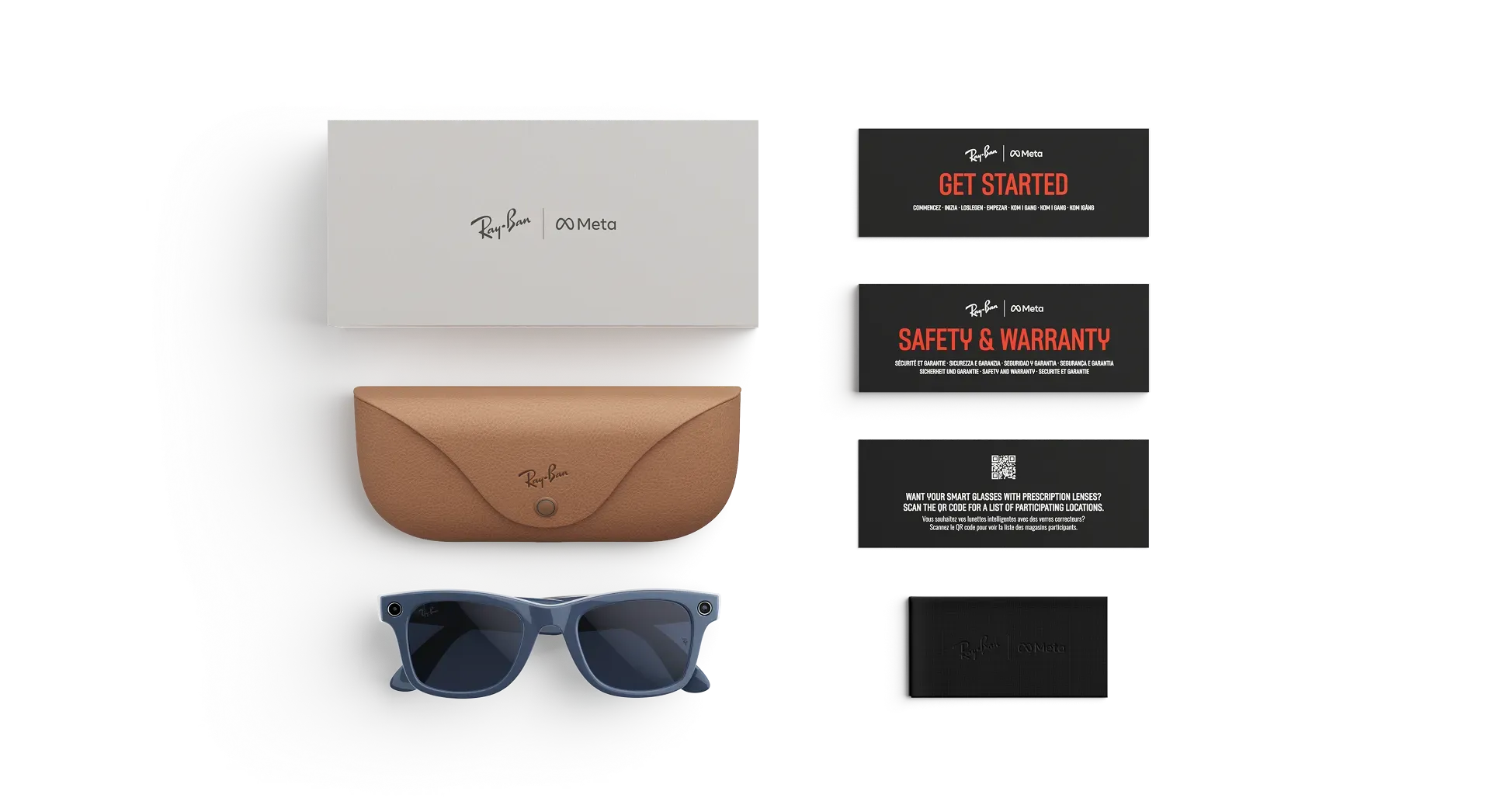
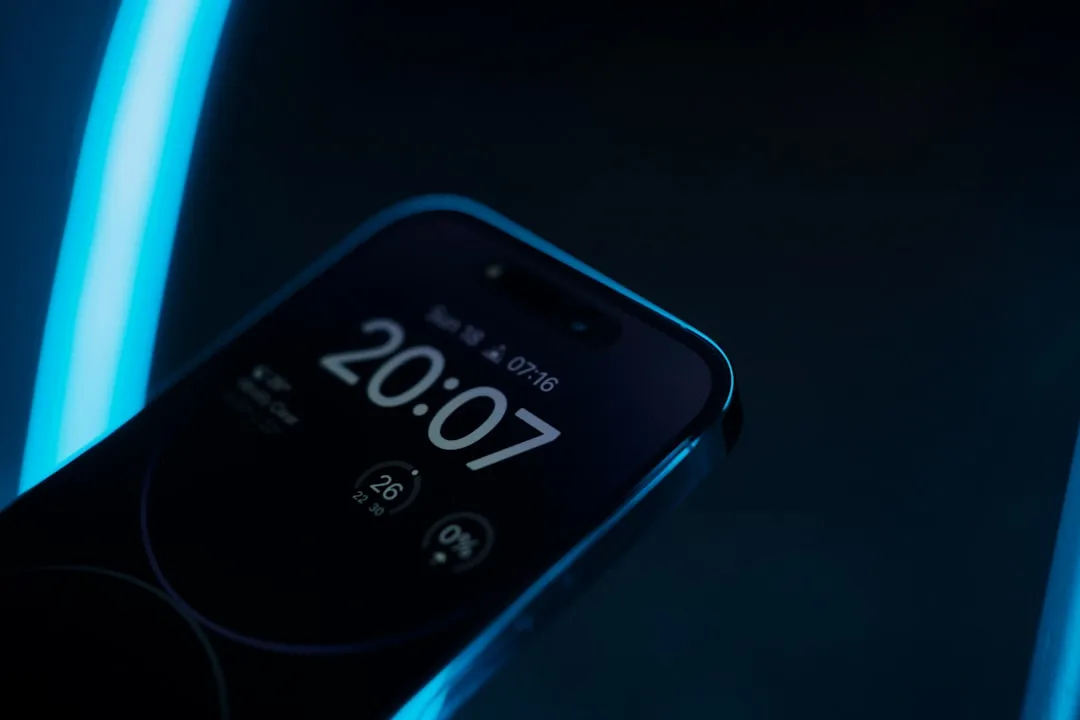

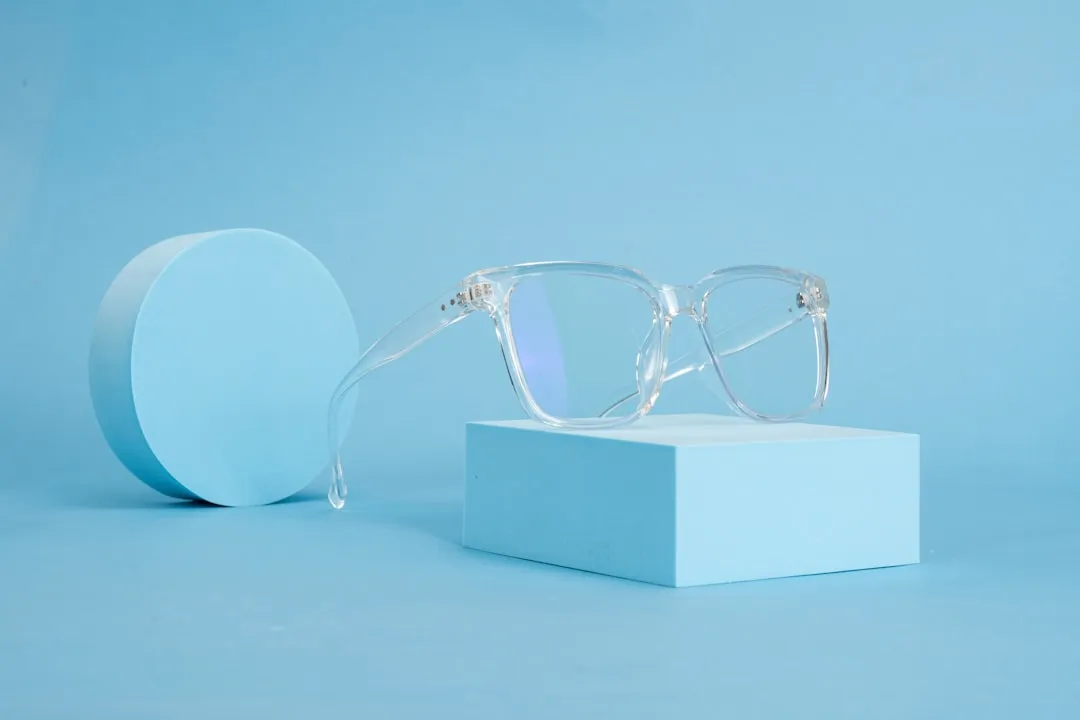
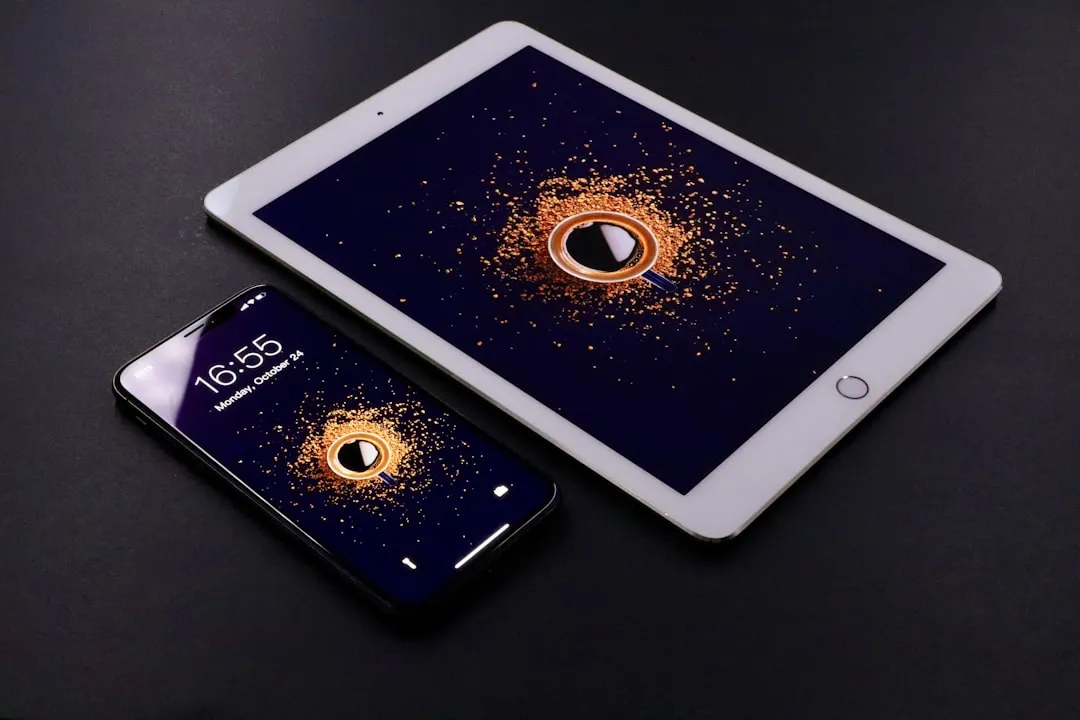
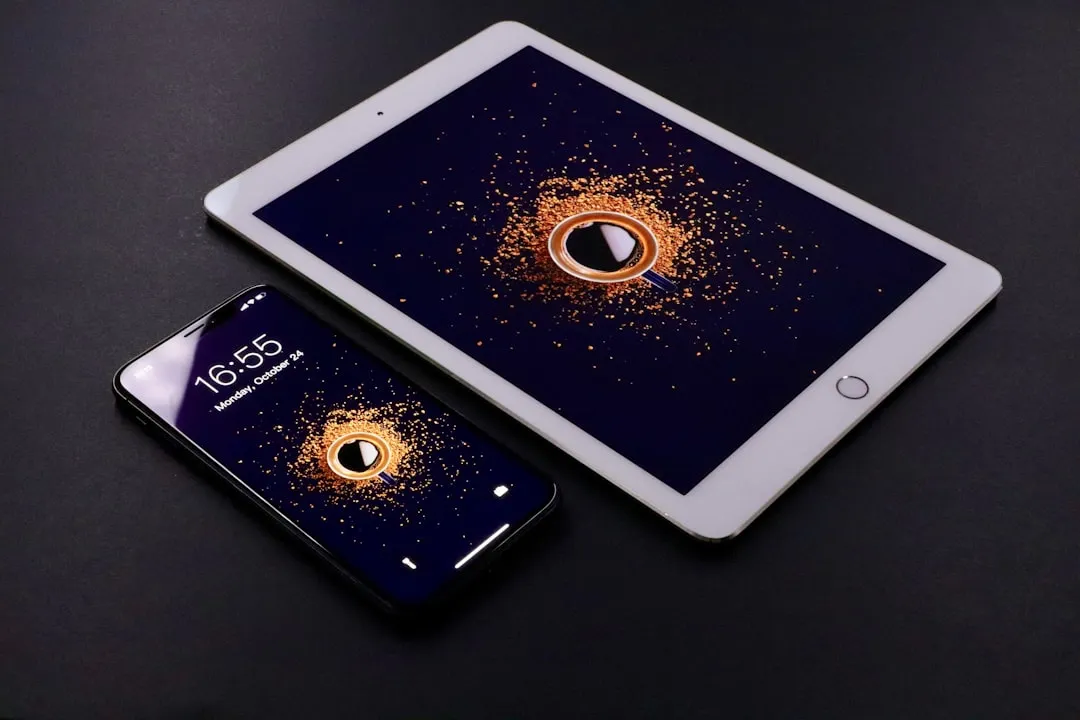
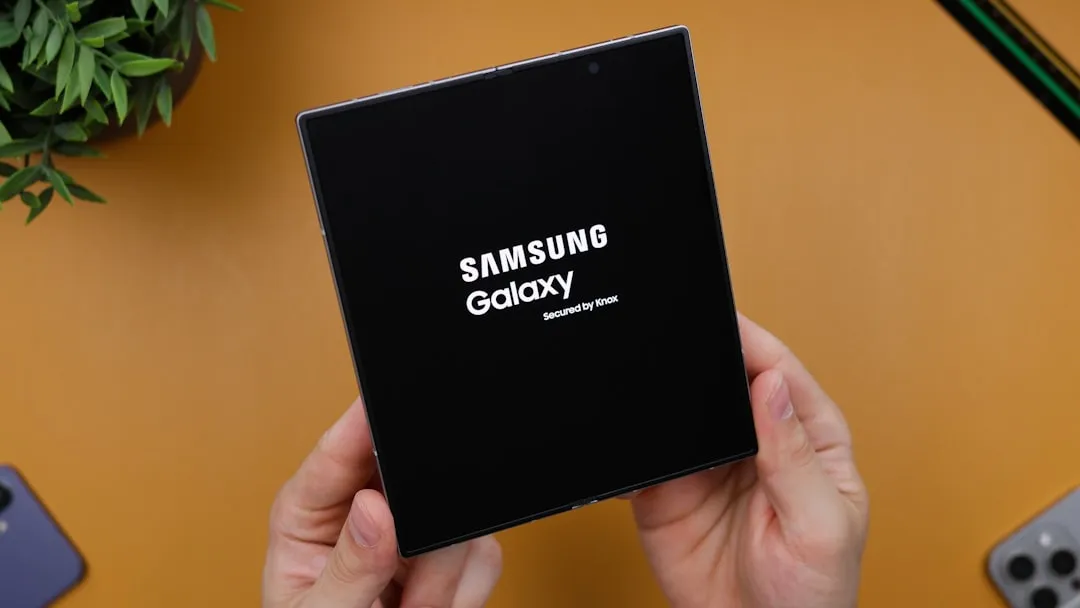

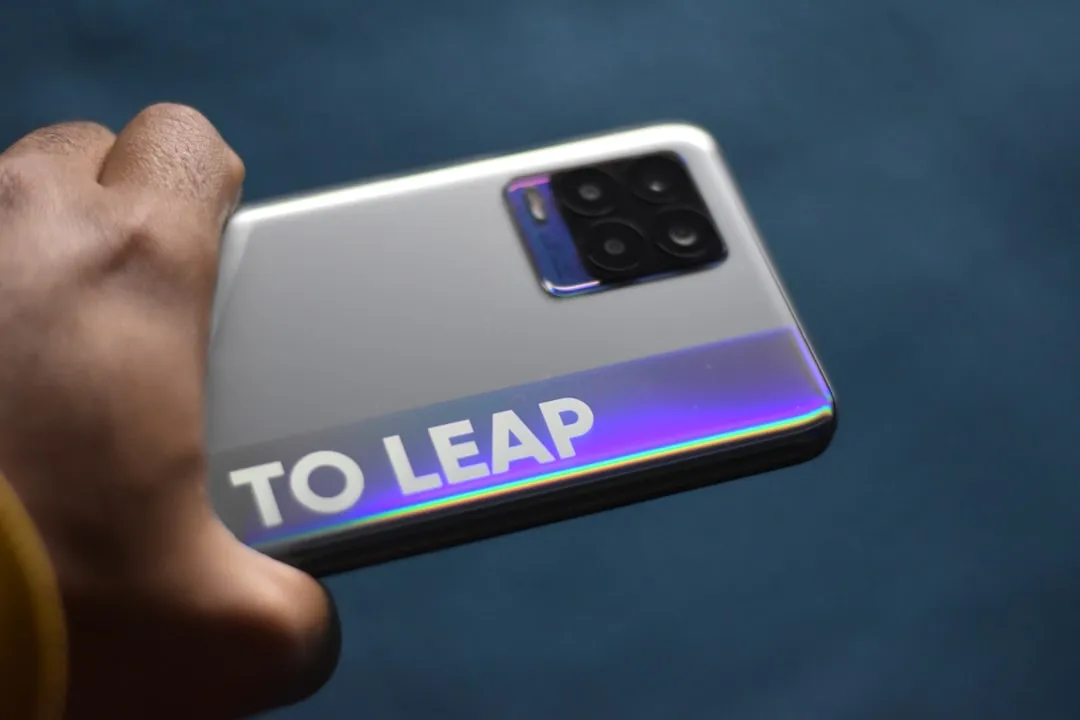


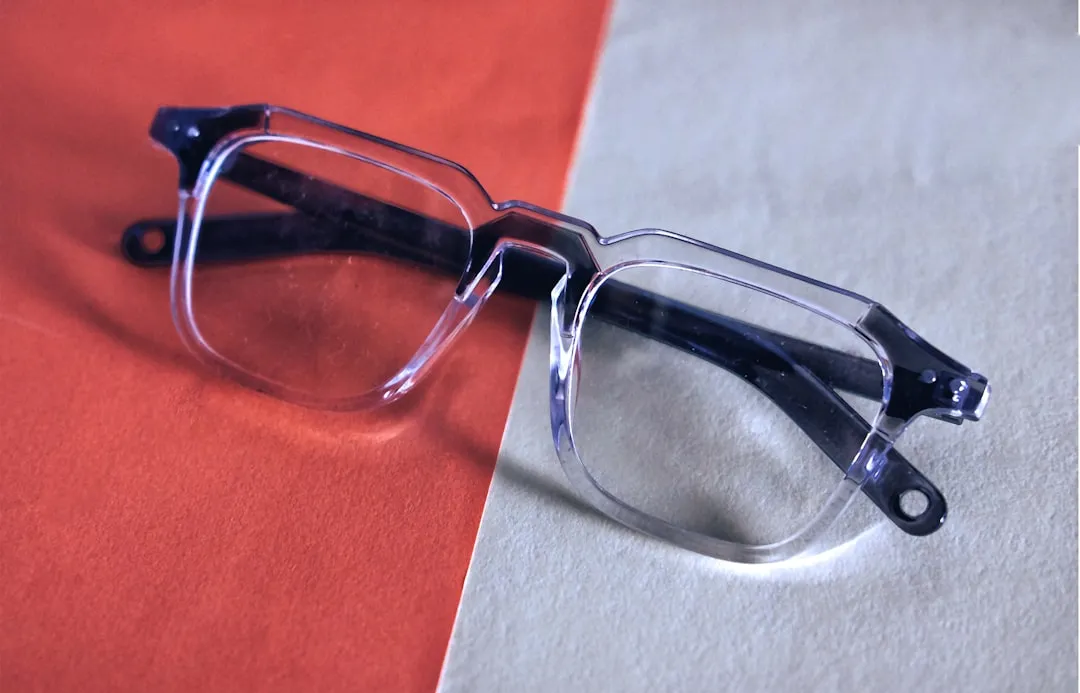
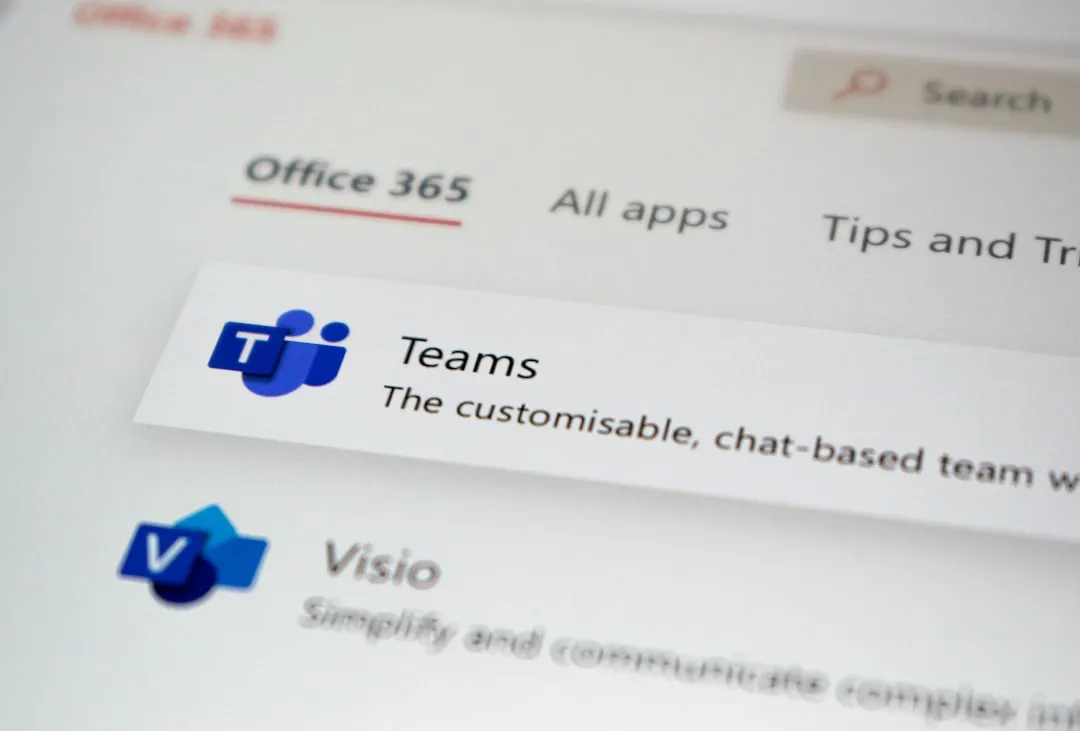
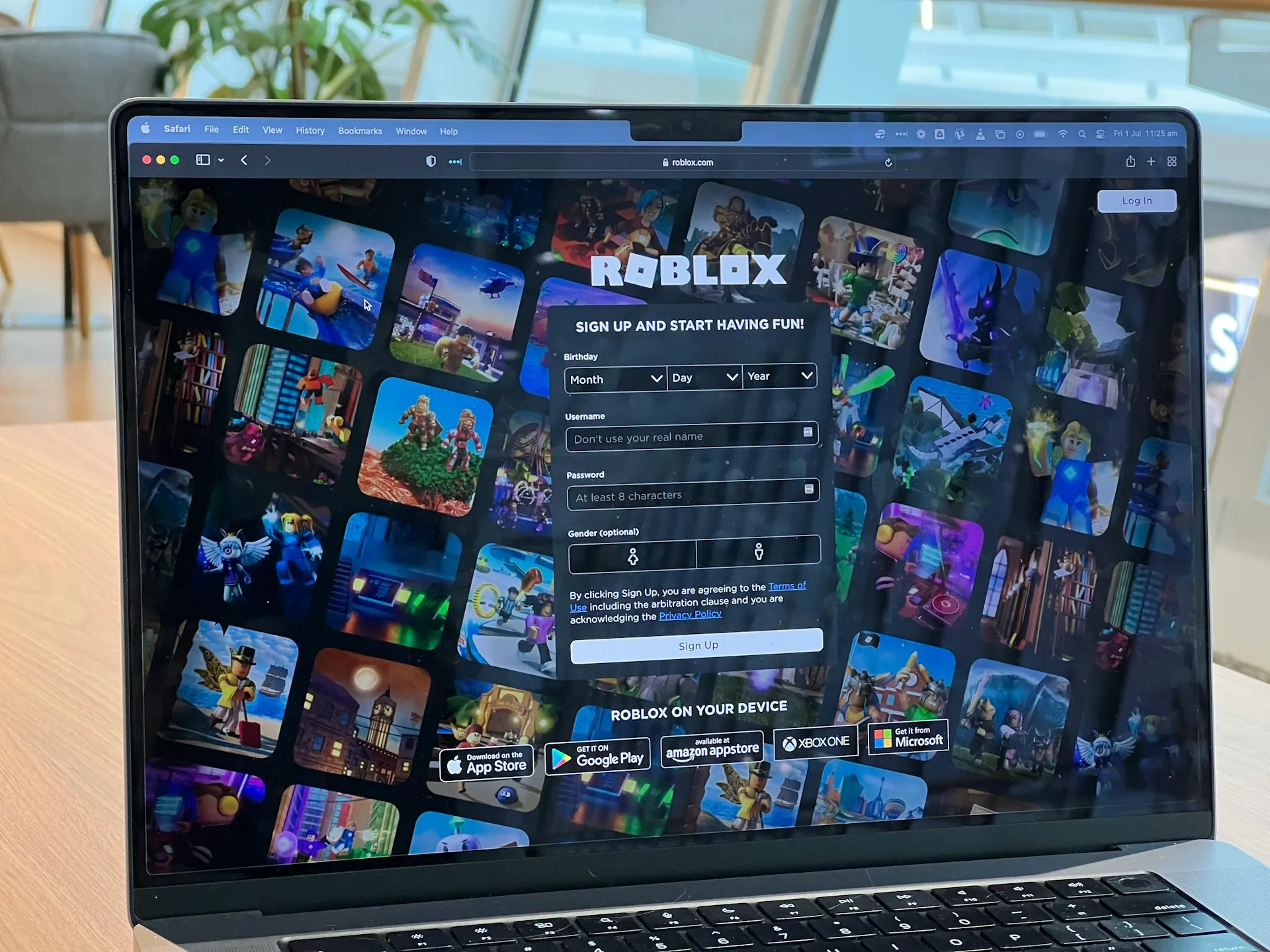
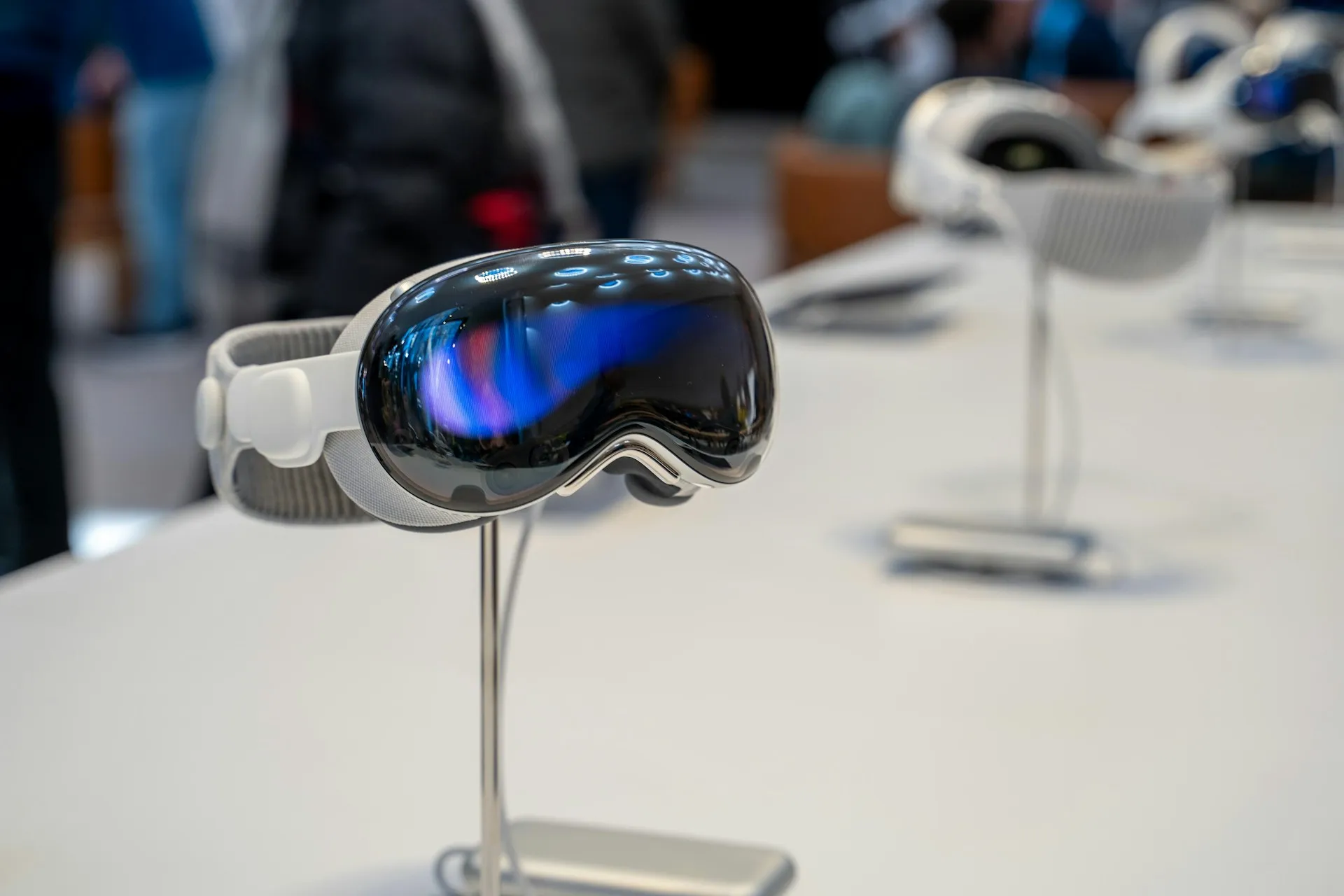

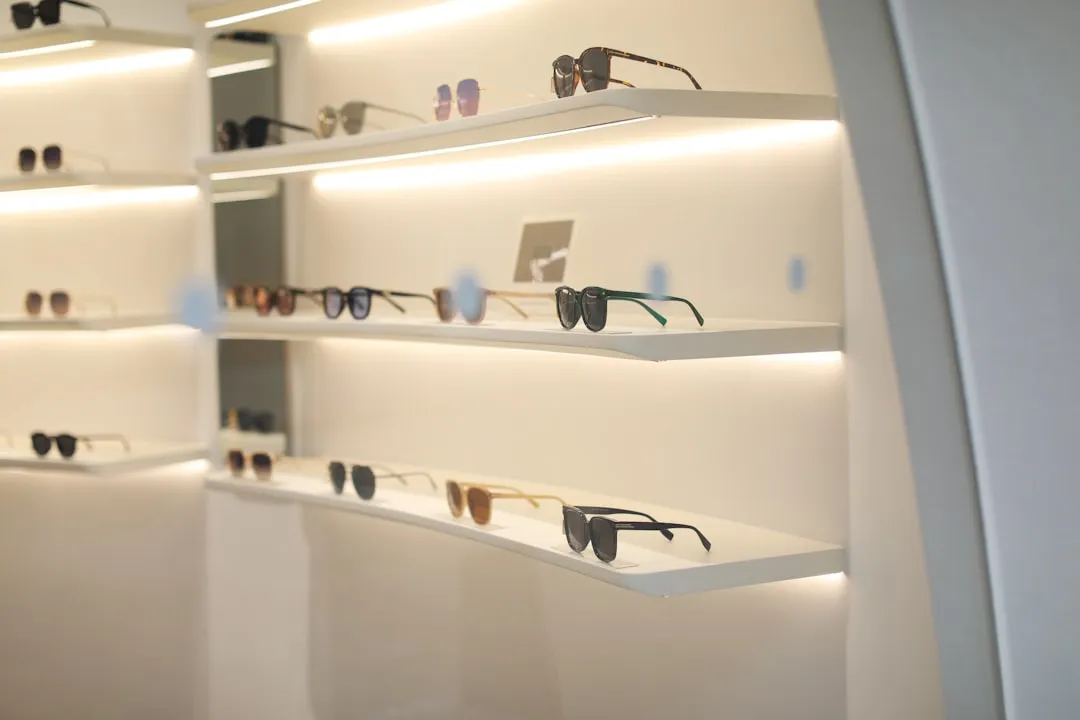


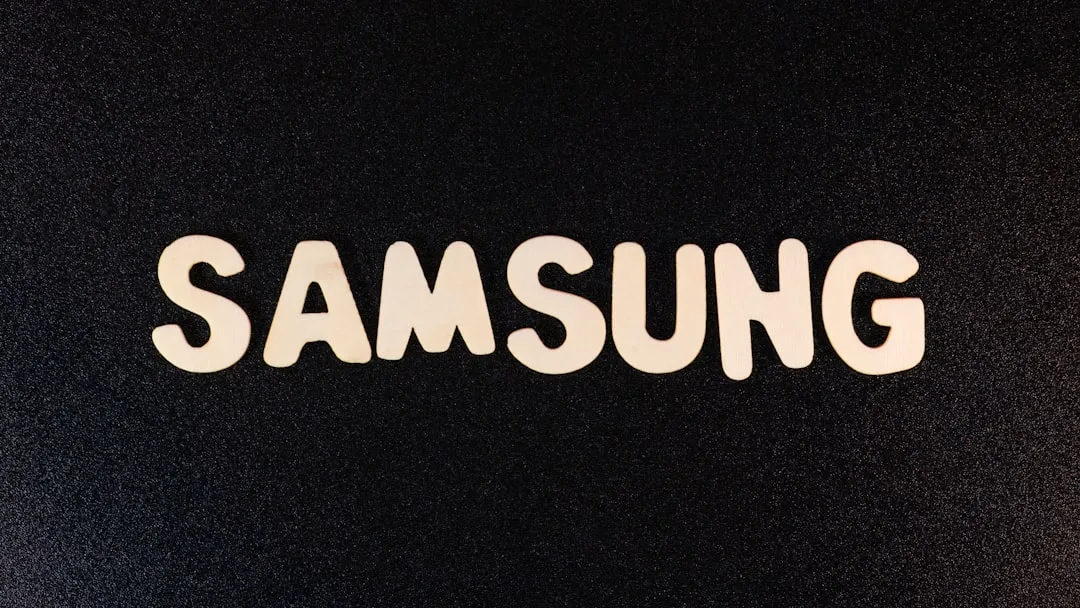

Comments
Be the first, drop a comment!